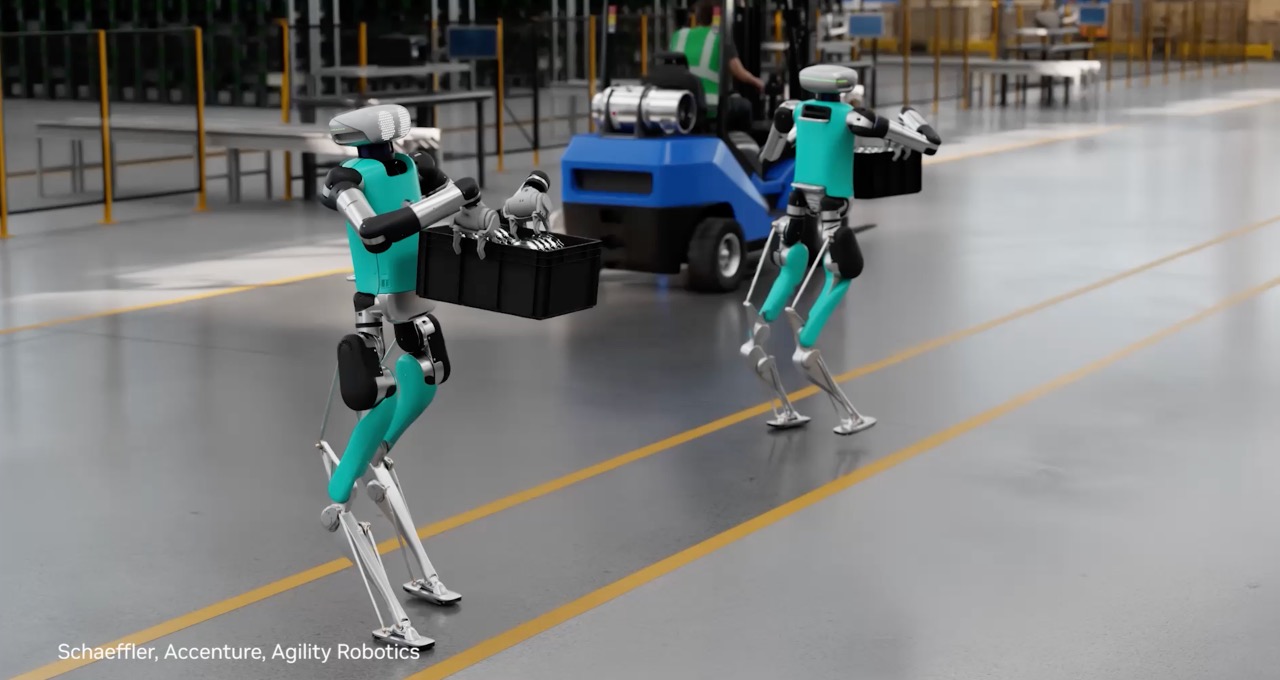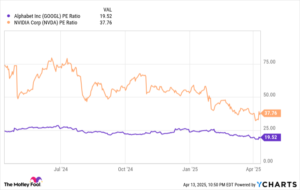Industrial Ecosystem Embraces NVIDIA Omniverse Framework for Training Physical AI with Digital Twins

Advancements in Physical AI
Recent developments in physical artificial intelligence (AI) are revolutionizing how organizations operate. This technology, often referred to as embodied AI, is enhancing the efficiency and productivity of factories, warehouses, and various industrial facilities. By integrating advanced robotics and intelligent systems into production environments, companies are unlocking new levels of automation.
Types of Robots in Industrial Settings
Different types of robots are playing vital roles in modern industrial operations:
- Humanoid Robots: These robots work alongside human teams, facilitating tasks that may be too exhausting or dangerous for humans.
- Autonomous Mobile Robots (AMRs): Designed to navigate complex warehouse environments, AMRs assist in transporting goods and materials efficiently.
- Intelligent Cameras and Visual AI Agents: These systems monitor operations, ensuring optimization and enhanced productivity across facilities.
Testing and Simulation with Digital Twins
The use of digital twins is becoming a cornerstone in the development of physical AI. Digital twins are accurate virtual models of actual facilities, allowing developers to simulate and test how robots and autonomous systems will operate before actual deployment.
Utilizing the NVIDIA Omniverse platform, developers can create and validate these digital twins, leading to faster development cycles with lower costs and fewer risks associated with on-site testing. This simulation-focused approach proves invaluable in modern industrial settings.
Enhancing Robot Collaboration
The Mega NVIDIA Omniverse Blueprint provides a foundational framework for combining sensor simulation and synthetic data generation. This framework allows enterprises to explore and test various robot algorithms related to mobility, navigation, and spatial reasoning.
With these simulations, robots can continually learn and improve their actions based on the feedback received from their environment. This ongoing learning loop ensures that when these policies are eventually applied to real robots, they are efficient and effective.
Visual AI Agents Transforming Industries
Visual AI agents are essential for enhancing operational intelligence and automation. They analyze both live and recorded video data, delivering real-time insights that can significantly improve workplace safety, efficiency, and compliance.
NVIDIA has introduced an AI Blueprint for video search and summarization (VSS) to assist in developing these AI agents. At trade events like Hannover Messe, companies demonstrate how they utilize these blueprints to enhance productivity and operational efficiency.
The Future of Industrial Digitalization
The shift towards digitalization within industrial sectors is gaining momentum. This phase, characterized as the “software-defined moment,” showcases how visual AI agents and digital twins serve as vital platforms for advancing physical AI.
At events such as Hannover Messe, companies are illustrating how real-time simulations and AI technologies are reshaping industrial workflows. This is leading to significant innovations in automation and efficiency in manufacturing environments.
To learn more about the Mega blueprint and its applications, visit the technical blog or explore an interactive demo. Stay connected for updates on NVIDIA’s latest offerings by subscribing to their news channels and joining the Omniverse community.






